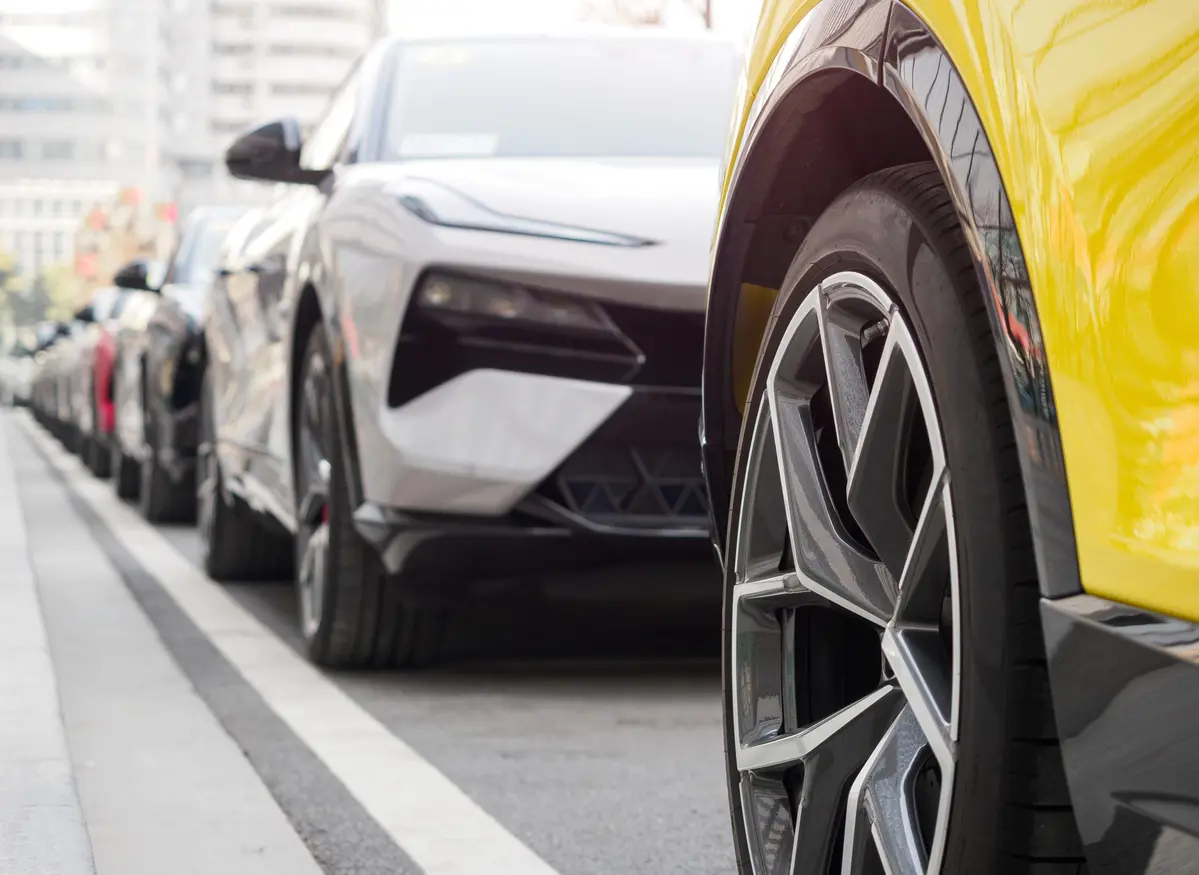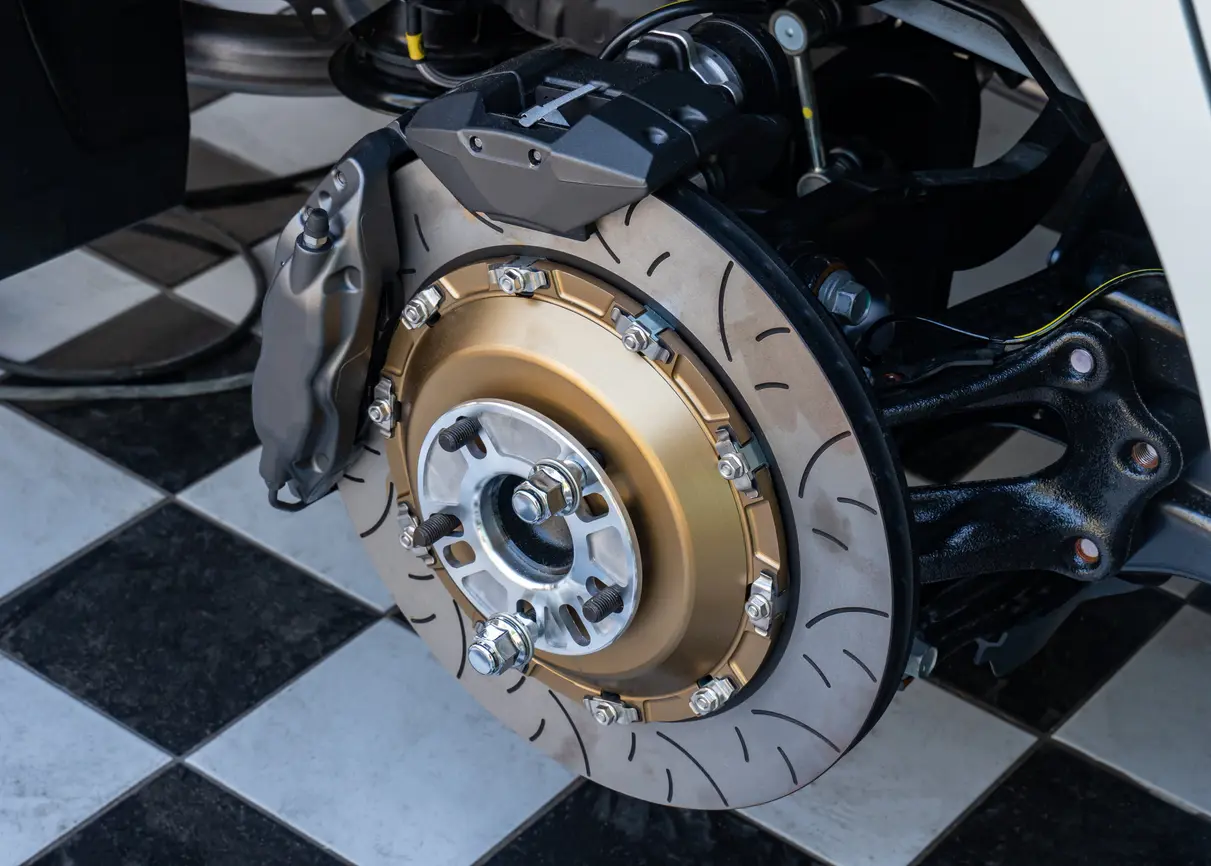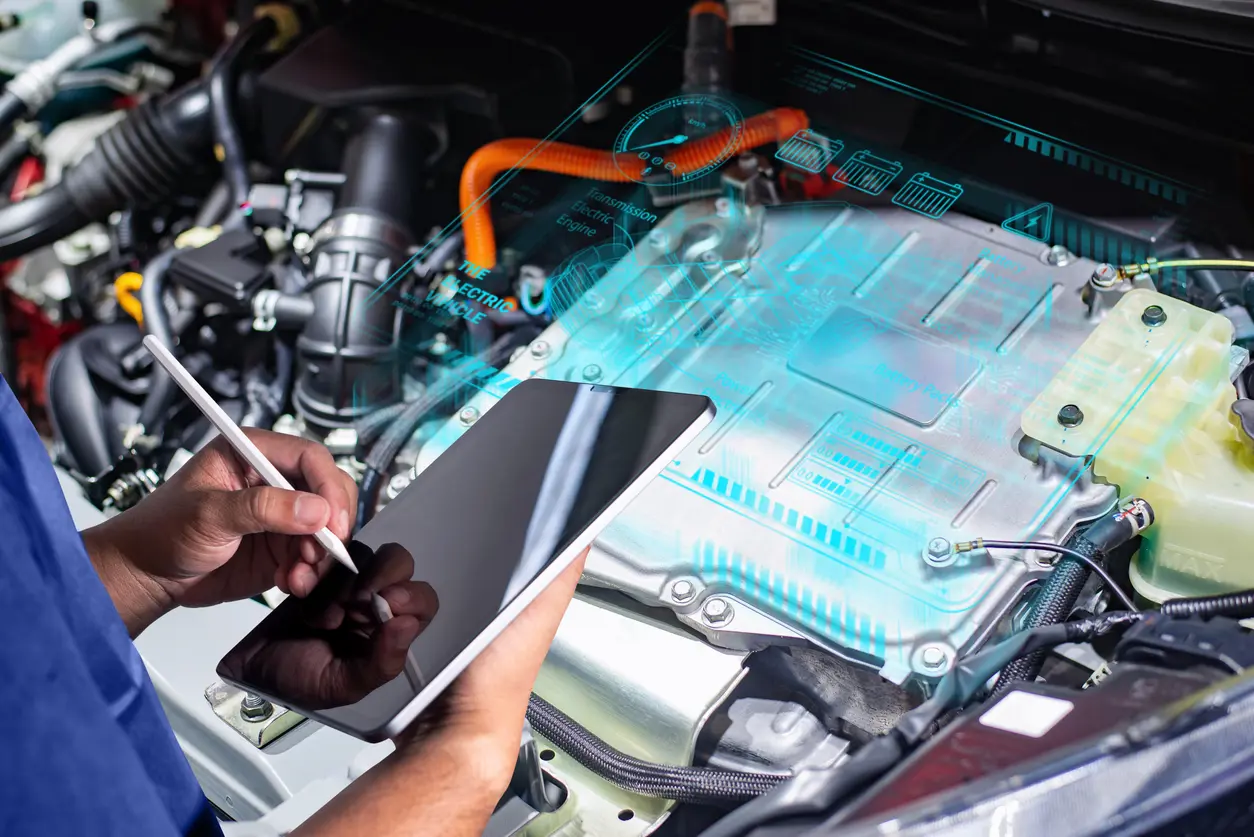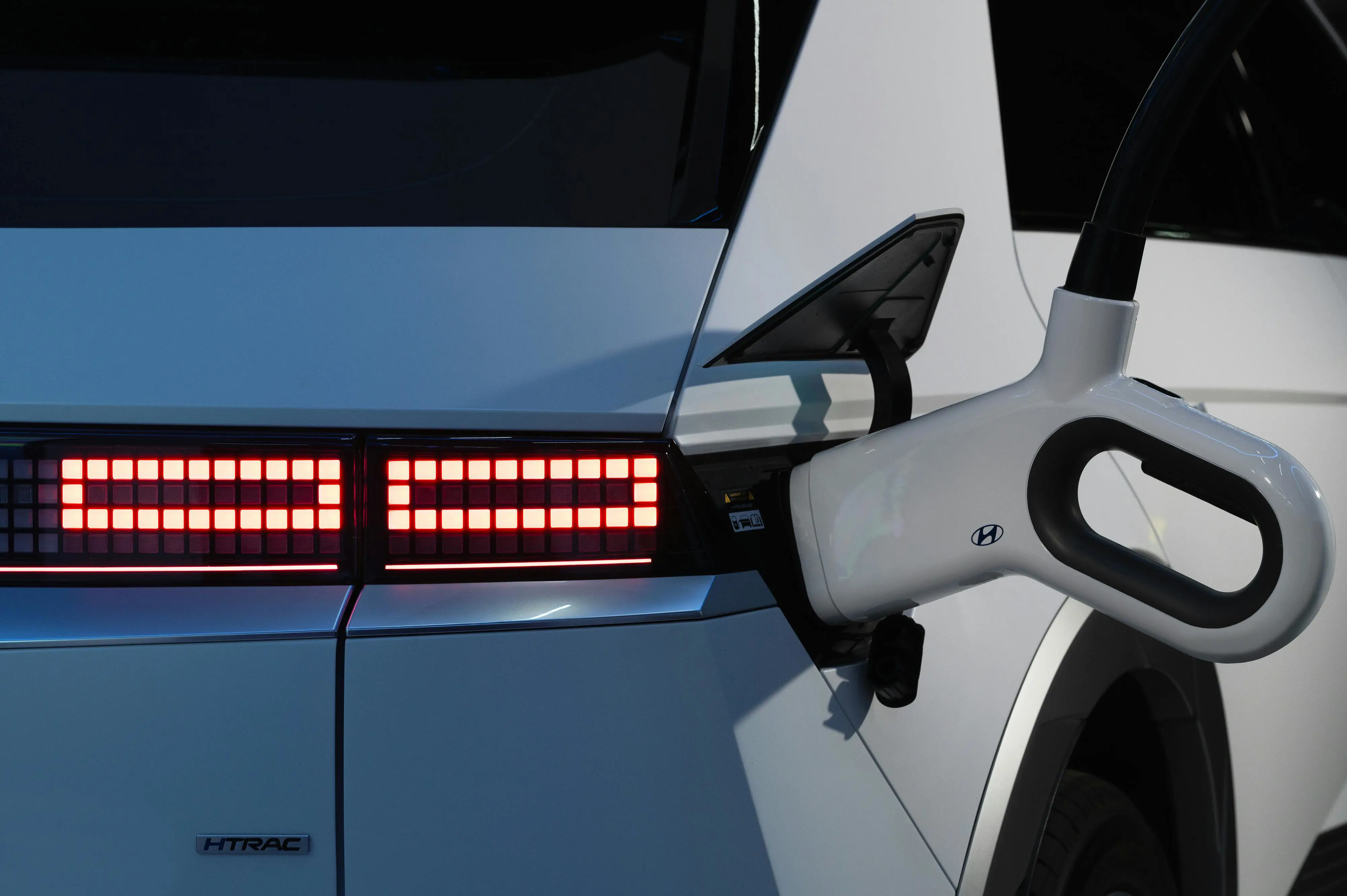Charging EVs Part 1: Plug Types
Currently, six common EV charging plug types are driving on our roads. Some are being phased out, though: Type 3, CHAdeMO, and Tesla’s proprietary charger. We’ll cover the remaining three here.
But first, a little electrical terminology.
Types of Electric Current
EV cars use alternating current (AC) and direct current (DC).
AC occasionally changes direction and reverses the voltage when flowing through wires. This capability makes it an excellent type of current for delivering electricity. Our electrical systems, for example, run on AC. So do your washer, dryer, and fridge.
DC, as the name implies, flows in only one direction. This keeps the voltage consistent. A wide range of electric devices and machines, from your cellphone to your flat-screen TVs to your EV, use DC. A converter changes incoming AC to DC.
Within the context of electrical currents, you’ll also read about single-phase and three-phase AC. Single-phase typically powers your home. Three-phase tends to be seen in commercial and industrial settings. Quite simply, three-phase can handle more load.
(Two-phase power is another name for 220V single-phase power.)
And last, amps. Amperage, measured in amperes, describes how much electricity flows through wires. Think of it like measuring how much water flows through pipes—you can have a trickle or a torrent.
So how does this relate to EVs?
Charging Plug Types
Type 1—This is a round body plug with five pins and is sometimes referred to as a “J Plug” connector. A variant of this battery allows for DC fast charging in compatible vehicles, but Type 1 charging cords can only handle single-phase AC current.
Type 2—This type handles more power. It's a round plug with a flattened top and has seven pins. The additional pins allow for single- and three-phase AC current. Like the Type 1, a variant adds two DC fast-charging pins at the bottom.
Type 4—These mainly comprise DC fast-charging pins and supply power directly to the EV’s battery.
Some adapters allow plugging one type of plug into a different charger, but you should take care to verify that the charger specifications match those of the vehicle.
Electric Vehicle Charger Levels
Different electric vehicles charge at different rates. Let’s review the basics.
Level 1—This charging level is the slowest and can supply up to 24 amps. Basically, a big battery charger plugged into a normal house outlet. It's slow, requiring up to 24 hours to fully charge an electric vehicle. You’ll sometimes hear it referred to as “trickle charging.”
Level 2—This is the most common type of EV charger and supplies up to 32 amps of electricity. You can have an electrician install a Level 2 charger at home so you can enjoy faster overnight charging.
Level 3—The fastest charger available, a Level 3 charger can supply up to a whopping 400 amps. You’ll find this level of charging at select public charging stations—you can’t have this installed in your home. But whereas Level 1 charging takes about 24 hours to fully charge a battery, Level 3 can often charge your battery to 80% in about a half hour.
These electric charger plugs are not set in stone. As electric vehicle technology moves forward, there are new standards for EV plug types in development. Demands for faster charging, coupled with larger battery capacity, necessitate more efficient recharging methods.
Other Options Besides Home Charging
But not every EV driver has access to a Level 2 charger overnight, or their own parking spot, for that matter. If you find yourself in that situation, download apps or bookmark sites like PlugShare.com and ChargeHub.com to locate public Level 2 and Level 3 stations.
Remember, Level 2 stations require a little more time, so look for these at your place of work, at shopping malls, and other places where you’re likely to hang out for a bit. If your vehicle can handle Level 3 DC quick charging, then search for appropriate stations.
Heading out on a road trip? You’ll want to take special note of DC quick-charging stations along your route. (Assuming your car can accept direct current charging.)
For questions about your EV and its charging capabilities, or to get your EV serviced, contact your nearest NexDrive service centre. Our experts will be happy to help you.
Other Resources

Why do electric car tires wear out so fast?
EV tires experience increased tread wear because of instant torque and unsprung weight. Learn why electric vehicles lead to worn-out tires and how to extend the lifespan of EV tires with proper maintenance.

Why regenerative braking is bad for your brake pads
Regenerative braking improves energy efficiency, but can cause brake pad issues because of reduced mechanical brake use. Learn how to maintain your brake system and prevent costly repairs in this article.

Does an EV need regular general maintenance?
Although EVs require less maintenance than gas-powered vehicles, they still need regular care. Learn about battery health, brake maintenance, and more here.
